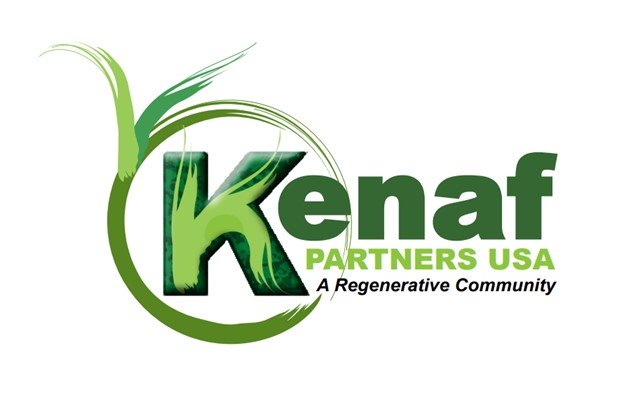
Kenaf Manufacturers and
Kenaf Suppliers
Kenaf Manufacturers
Country Song
Manufacturers that are part of the global rush to meet CO2 levels are creating changes in the way they think and do business. Changes from more efficient operations that lower their carbon footprint, switching to regenerative resources all the way to taking responsibility for their own supply chains' carbon footprint.
It is important to consider the whole picture when looking at changes like this. This is a complex issue that can be simplified over time. In the meantime, something to look at is, growing kenaf in a field has been reported to sequester up to 15 tons of carbon in a single growing season. The other thing to look at now is, carbon credits are being bought and sold at increasing rates. Taking these 2 points into consideration, manufacturers can get creative in their options to take advantage of using kenaf in their products. If a manufacturer is looking to support a more sustainable way of doing business, it can be an excellent option (over 25,000 different uses). Do you know that kenaf has shown superior results in some manufactured products?
Kenaf may be a better and more valuable resource for you ..
Kenaf Suppliers
In order to streamline the supply of kenaf materials ie fiber / wood / seed it makes sense to have processing facilities that are networked for distribution to manufacturers that can meet the strict specifications of the material needed. Utilizing artificial intelligence and machine learning on a computerized network with high production and multi-functional equipment that can do this, can go a long way in reducing carbon emissions, reducing costs and delivery times.
Kenaf Partners USA Demonstration Model Design Stage 2 addresses this. But that is only the beginning as strategically located processor / suppliers will be added to the network. Where these locations will be and how many can be influenced by manufacturers commitments to participate.
Start the conversation now by contacting Robert Lawrason